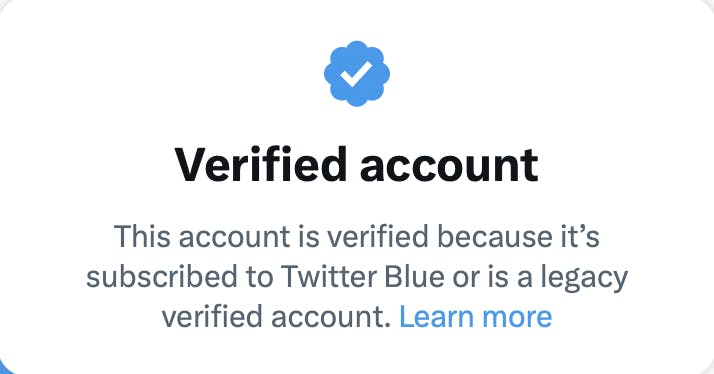Elon Musk’s New Plan Is to Make It Impossible to Tell Who Paid Him for a Blue Check
Everything is going just fine at Twitter under Elon Musk, thanks for asking.

Another day, another of Elon Musk’s Twitter ideas going exactly according to plan.
Pretty much everyone on Twitter has kept their blue check marks, despite Musk previously announcing a plan to phase out legacy verified accounts and require people to pay for verification beginning April 1.
Since taking over Twitter in October, Musk has launched a massive cost-cutting scheme, which includes laying off almost 75 percent of all staff, auctioning off everything in the company’s San Francisco headquarters, and just not paying rent.
He also unveiled Twitter Blue, a subscription plan in which users can pay for a verification check mark, as well as increased visibility on the platform. The plan costs $8 for individual users and $1,000 for U.S.-based businesses and organizations, plus $50 for each subaccount.
But as of Monday, everyone still had their check marks. The only difference was that, before, you could click on an account’s check mark to see if they were a legacy verified account or a Twitter Blue subscriber. Now, no distinction is made.

Well, almost everyone: The New York Times no longer has a check mark. Twitter removed the Times’ blue check mark on Sunday, after a user pointed out that the paper has expressed no interest in paying to be a verified account. In a now-deleted tweet, Musk also said Sunday that Twitter would give verified accounts “a few weeks grace, unless they tell they won’t pay now, in which we will remove it.”
Considering that no one—from the White House to journalists and professional athletes—was going to pay for Twitter Blue, it’s no surprise that Musk had to pivot. But lumping paying users and legitimately notable accounts together is dangerous.
The point of verification is to prove that a person or organization of public interest is who they claim to be. Misinformation has already risen significantly since Musk took over and gutted Twitter’s content moderation policies. Now, it will be even more difficult to tell if the information an account shares can be trusted.








